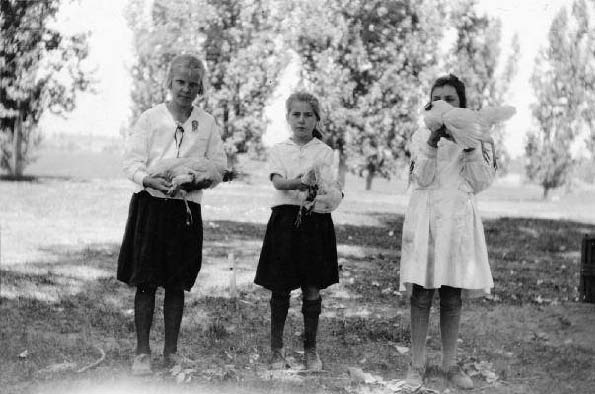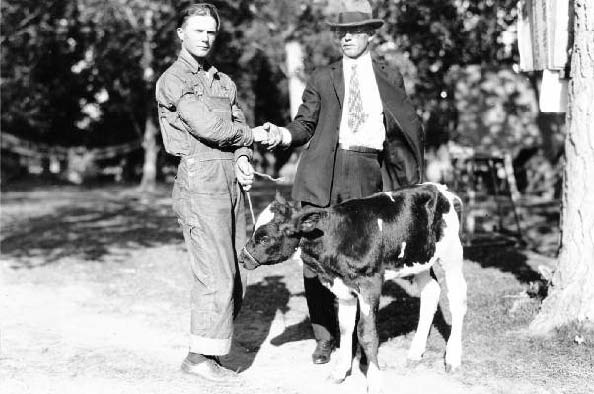edible traditions
HERE TODAY, GONE TAMALE
Tracing the history of a local favorite.
WRITTEN BY ALICIA BARBER
PHOTOS OF CONEY ISLAND COURTESY OF THE GALLETTI FAMILY
Savory and succulent, the tamale is a tidy little package of masa (dough), meat, and heat, wrapped up tightly and steamed in a softened corn husk. Mesoamerican in origin, tamales are said to have been served by the Aztecs to the Spaniards who landed on their shores in the 1500s. Generations later, the fiery tradition moved north with the Californios, the original Spanish-speaking settlers of California, who added Spanish olives to the indigenous recipe.
From there, the California-style chicken tamale migrated eastward to the Reno-Tahoe area and beyond. By the late-1880s, street vendors known as tamale men, most with no Spanish or Mexican heritage, were hawking the tasty fare out of portable metal steam buckets everywhere from Placerville to Virginia City.
As the new century loomed, the trade moved indoors, peppering the menus of established restaurants and headlining a wide array of tamale parlors and cafés. One of Reno’s first was the San Francisco Tamale House, established in 1899, which advertised “the best and cleanest tamales” in town.

The following year, two California sheepherders, —Manuel Lewis and John Bello,o— bought a storefront in central Reno, where they offered their namesake Bello’s Tamales as part of a daily “merchant’s lunch.” Lewis, a native of the Azores, bought out his partner in 1919 but kept the Bello name, by then an established local brand.
Tamales were considered enough of a regional specialty that a group of University of Nevada alumni residing in Portland featured the dish prominently at a 1913 celebration of Admission (Nevada) Day. The group’s nostalgic dinner was replete with sprigs of sagebrush at each plate, a miniature roulette wheel in the corner, and hot tamales imported directly from their favorite Reno hangout, “Tamale Joe’s.”
In the 1920s, while home cooks were Americanizing the dish into a layered tamale pie, local demand for the real thing continued. In 1922, Italian immigrant Ralph Galletti bought the Sugar Plum café Café on West Second Street, where he offered an eclectic menu of tamales, raviolis, and enchiladas. Within a few years, the Gallettis moved the entire operation to the family property near Sparks, naming their new tamale tamale factoryfactory (complete with chicken coops) after the popular Coney Island Resort once located across the street. After World War II, it expanded into a bar and lunch room, later run by Ralph’s son, who was nicknamed “Tamale” John.
In the meantime, Bello’s Tamales had developed a loyal following from Nevadans, including U.S. Senator Pat McCarran, who reportedly shipped entire boxes of them back to his office in Washington, D.C. After Manuel Lewis died in 1960, his wife, Isabel, continued to sell Bello’s Tamales out of their home at Second and Washington streets, a spot fondly remembered by many longtime residents. The business finally closed upon Isabel’s death in 1972, and the house was later demolished.
Out on the Sparks border, the Coney Island Bar and Tamale Factory remained a popular local gathering spot, although the time-consuming dish was taken off the menu sometime in the ‘sixties60s. Now known as the Coney Island Bar, the busy restaurant and the Galletti family who run it remain the last direct link to the area’s hot tamale heyday.
Alicia Barber, Ph.D., is the author of Reno’s Big Gamble and editor of Renohistorical.org. She blogs about history and place at http://www.Aliciambarber.com


